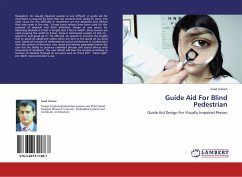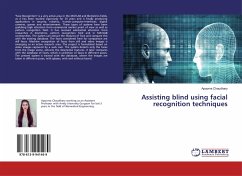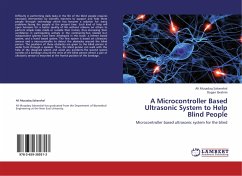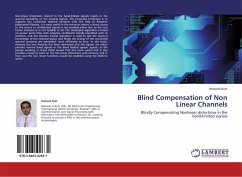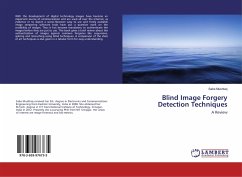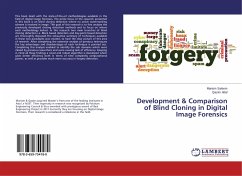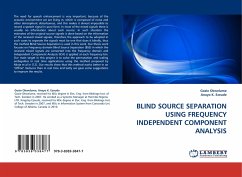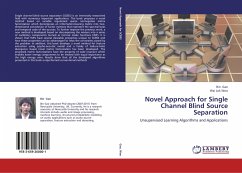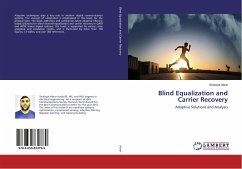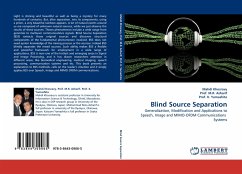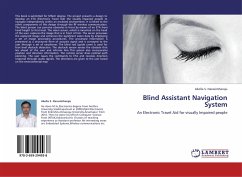
Blind Assistant Navigation System
An Electronic Travel Aid for visually Impaired people
Versandkostenfrei!
Versandfertig in 6-10 Tagen
32,99 €
inkl. MwSt.

PAYBACK Punkte
16 °P sammeln!
This book is submitted for MTech degree. The project presents a design to develop an ETA (Electronic Travel Aid) the visually impaired people to navigate independently within an enclosed environment. It is linked to the other components of this design through the RF wireless communication. The blind person can perceive obstacles in front by means of an ETA from head height to foot level. The vision sensor, which is mounted on the head of the user, captures the image that is in front of him. The server processes the captured image and enhances the significant vision data by employing a set of i...
This book is submitted for MTech degree. The project presents a design to develop an ETA (Electronic Travel Aid) the visually impaired people to navigate independently within an enclosed environment. It is linked to the other components of this design through the RF wireless communication. The blind person can perceive obstacles in front by means of an ETA from head height to foot level. The vision sensor, which is mounted on the head of the user, captures the image that is in front of him. The server processes the captured image and enhances the significant vision data by employing a set of image processing procedures. The processed information is presented as a structured form of acoustic signal and is conveyed to the user through a set of earphones. The blind rod (guide cane) is used for foot level obstacle detection. The obstacle sensor senses the obstacle that lies ahead of the user and informs him. This system also incorporates position and direction information. The remoteserver does optimal path planning. The user issues the commands to ETA and receives direction response through audio signals. The directions are given to the user based on the environmental map



